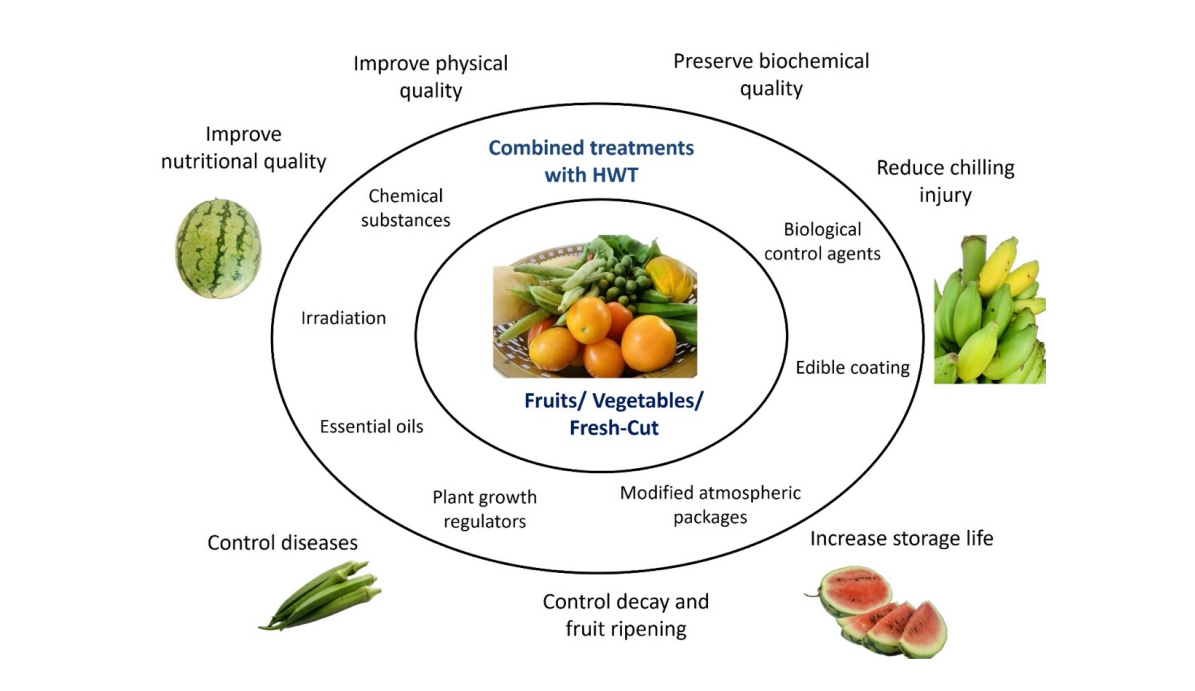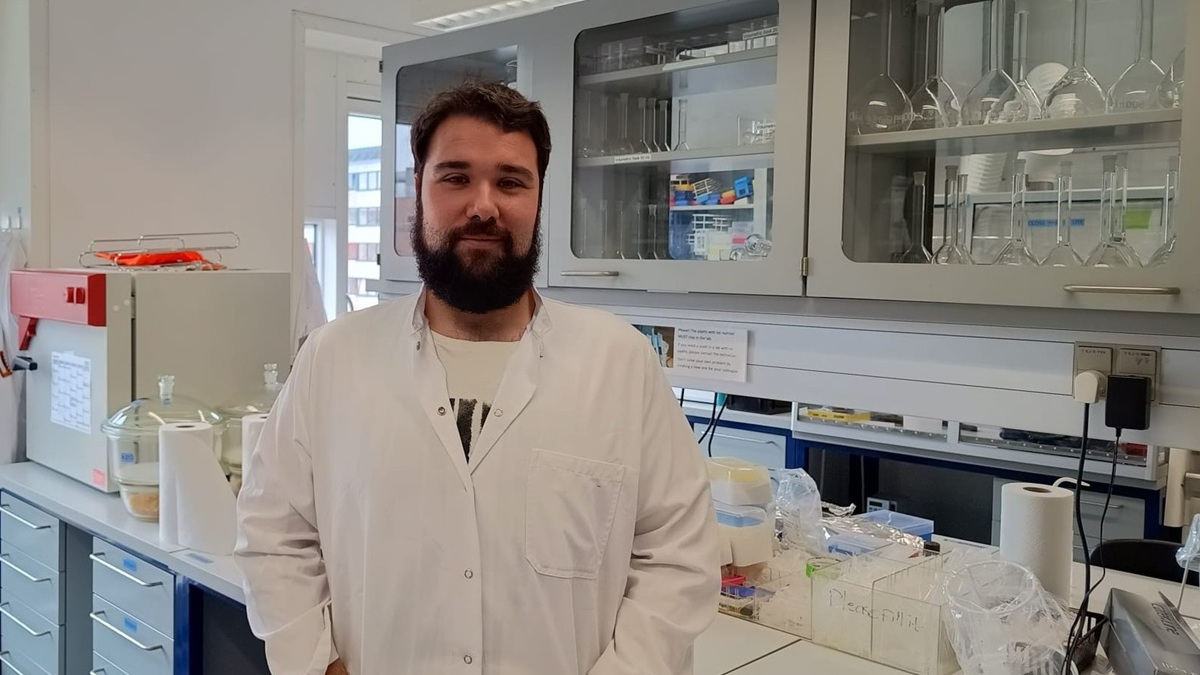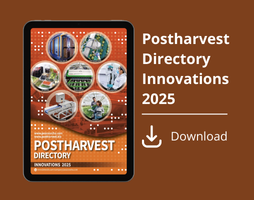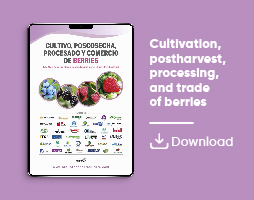Actualidad
Non-Destructive Detection of Blackheart in Pomegranates Using X-Ray Imaging and AI
Researchers from the Universitat Politècnica de València and IVIA have demonstrated that the combination of X-ray imaging and artificial intelligence algorithms enables non-invasive and highly accurate detection of blackheart in pomegranates, significantly improving the efficiency and quality of postharvest sorting processes
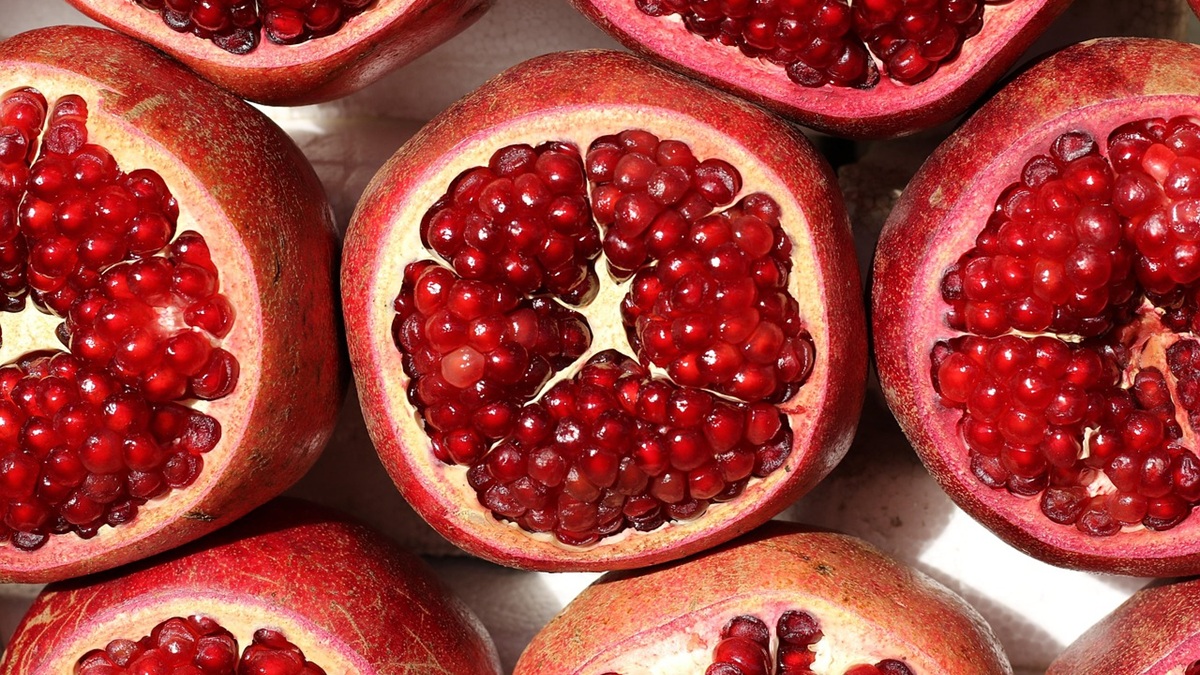
The internal quality of fresh produce is a critical factor in its commercial value, especially in high-value crops such as pomegranate (Punica granatum). One of the most serious threats to fruit quality is a disease known as blackheart, an internal rot caused mainly by the fungus Alternaria alternata. This condition is particularly problematic due to its asymptomatic nature—there are no visible signs on the fruit’s exterior that can be detected through visual inspection or traditional quality control methods.
A recent study published in Postharvest Biology and Technology explores the use of X-ray imaging combined with machine learning algorithms to detect blackheart in ‘Wonderful’ pomegranates without cutting the fruit open. This research marks a significant step toward the adoption of automated inspection technologies in industrial classification lines.
The Challenge of Blackheart in Pomegranates
Blackheart affects the arils and internal membranes of the fruit, which darken due to fungal growth. Its development is often linked to unfavorable storage conditions, excess moisture, or pre-harvest mechanical damage. Since the external skin remains visually intact, affected fruits can reach consumers, damaging product reputation and resulting in commercial complaints and economic losses for producers.
Emerging Technology: X-Ray Imaging
The study implemented an X-ray imaging system capable of penetrating the fruit’s rind to reveal its internal structure without cutting it open. X-ray scans of both healthy and infected pomegranates were analyzed using a classification model based on the Random Forest algorithm, which relied on features extracted from:
-
First-order statistics
-
Gray Level Co-occurrence Matrix (GLCM)
-
Gray level histograms (with the 256-bin resolution providing the highest accuracy)
-
Kurtosis and skewness, offering insights into pixel distribution that enhance classification performance
These features allowed the system to detect subtle structural differences linked to the presence of infection. To validate the model, fruits were categorized into three levels of infection severity, later confirmed through destructive testing—cutting the fruit in half for visual assessment.
Results and Detection Accuracy
The results showed that combining X-ray imaging with the Random Forest algorithm achieved impressive accuracy in detecting blackheart. The most precise models reached a 93.3% detection rate for fruits with early-stage infections (Level 1)—a significant improvement over manual visual inspection, which reached only 66.7% accuracy in identifying mild infections.
The model also proved effective in identifying more advanced stages of infection (Levels 2 and 3), but its strongest advantage was in early-stage detection. The high accuracy and speed of this approach suggest that X-ray imaging could become a crucial tool for early detection and prevention of blackheart spread.
Implications for the Postharvest Industry
Integrating this technology into postharvest workflows would represent a qualitative leap in pomegranate sorting and inspection:
-
Non-destructive classification: Prevents product waste by avoiding invasive sampling, keeping fruits intact for sale.
-
Enhanced in-line efficiency: Allows for seamless integration into automated sorting systems, reducing reliance on manual inspection.
-
Fewer commercial claims: Ensures that fruits with internal defects do not reach end consumers, improving perceived product quality.
-
Increased competitiveness: Adds value to the product by guaranteeing internal quality and enabling traceable, tech-enabled classification.
Future Outlook and Scalability
The next key step for this technology is validation under real commercial conditions, using larger and more diverse datasets that represent a broader spectrum of infection levels—especially in early stages. This will help define precise detection thresholds and support widespread adoption in the postharvest industry.
Conclusion
This study demonstrates the strong potential of X-ray imaging as a non-invasive technique for detecting internal damage in pomegranates, particularly blackheart caused by Alternaria alternata. Implementing this technology in the agri-food sector could greatly enhance the accuracy and efficiency of quality control, ensuring product integrity and reducing economic losses. Future efforts should focus on validating these findings in commercial environments and expanding the technology's applicability to other fruit varieties and diseases.
Source
Munera, S.; Rodríguez-Ortega, A.; Cubero, S.; Aleixos, N.; Blasco, J. (2025). Automatic detection of pomegranate fruit affected by blackheart disease using X-ray imaging. LWT, Volume 215, 117248. https://doi.org/10.1016/j.lwt.2024.117248


